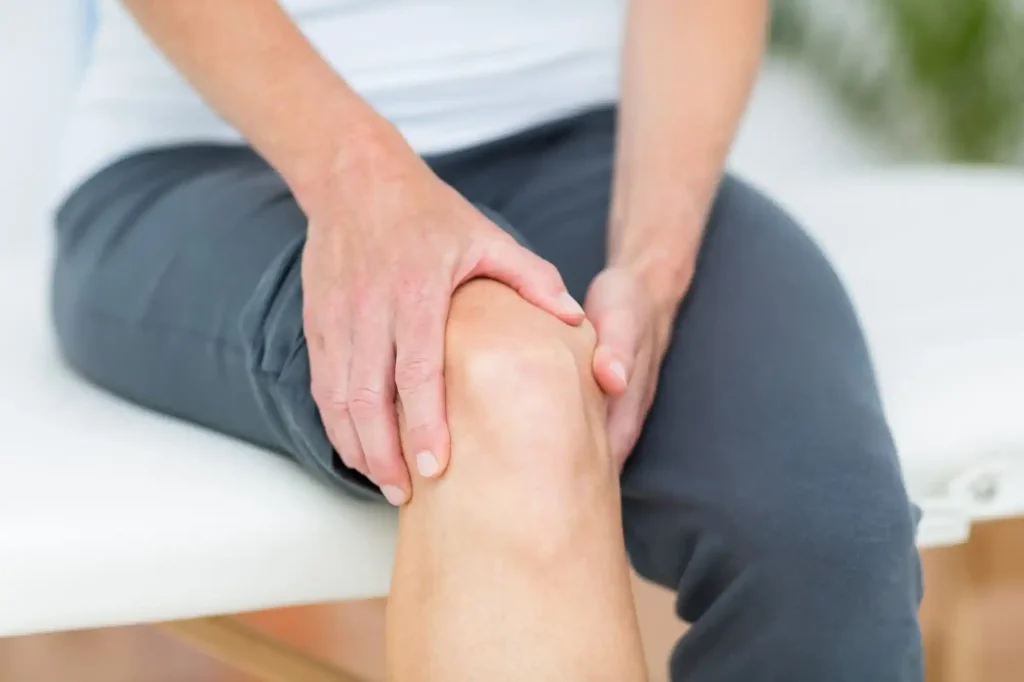How Science Shapes the Future of Non-Invasive Pain Management

Medical science is moving fast, and new ways to manage pain without surgery or strong medicines are becoming more common. These non-invasive methods give people safer and more effective ways to feel better.
Scientists and doctors are working on exciting ideas that use both technology and biology. These treatments don’t just help with pain right away. They also focus on long-term healing and improving daily life.
This article will show how science is creating safer ways to manage pain and explore future ideas that bring more comfort and faster recovery. Read on.
The Rise of Non-Invasive Techniques
Historically, pain management often depended on pharmaceuticals or surgical interventions. This can carry significant risks and side effects.
Adults lives with chronic pain. It prompts a shift toward non-invasive pain management techniques. These techniques include methods like
- physical therapy
- acupuncture
- biofeedback
- electrical stimulation and virtual reality
The Role of Technology
New technology is helping people manage pain without surgery or strong medicine.
One example is TENS. This stands for transcutaneous electrical nerve stimulation. These small devices are easy to use and can even be used at home.
TENS is helpful for people with conditions like arthritis or fibromyalgia because it can greatly reduce pain. This makes it an important tool for anyone looking for safer and easier ways to feel better.
Virtual Reality as a Pain Management Tool
Another exciting way to manage pain without medicine is by using virtual reality (VR). VR can distract patients during medical treatments. It helps them feel less pain and stay calmer.
For example, children who used VR during painful procedures needed less pain medicine than those who didn’t use it.
Biological Innovations in Pain Management
Aside from technology, biology also plays a big role in the future of pain relief. Scientists are studying how the body’s own systems can help with healing.
One method is called regenerative medicine. This uses stem cells or platelet-rich plasma (PRP) to help the body repair itself and reduce pain. These treatments are showing promise for things like sports injuries and long-term joint problems.
Mechanisms of Action
Biological therapies look at how the body feels and controls pain. For example, certain proteins and brain chemicals can change how much pain we feel. By focusing on these parts, scientists are working on new treatments that can block pain signals without surgery or other invasive methods.
Combining Therapies for Enhanced Pain Management
Doctors are now trying mixed approaches to help people manage pain better. For example, combining talk therapy, like cognitive-behavioral therapy (CBT), with physical exercises has shown good results for people with long-term pain. Patients who use both methods together often feel more satisfied and get better pain relief than those who only use one method.
The Importance of Personalization
No two pain experiences are alike. This makes personalized care essential.
Advances in genetic and molecular profiling provide insights into how individuals respond to various therapies. It allows practitioners to tailor their approaches based on the unique needs of each patient. This shift towards a more individualized treatment plan is a promising development in the realm of non-invasive pain management.
Future Innovations on the Horizon
In the future, new ideas will make non-invasive pain care even better. Doctors are starting to use artificial intelligence (AI) to help choose the best treatment plans for each patient.
Scientists are also studying nanotechnology. This could deliver medicine directly to the right spot in the body. This would give strong pain relief while lowering side effects.
Wearable Technology
Wearable technology is getting better and better, and it can now track health in real time. These devices can measure how your body reacts and help you understand what triggers your pain so you can manage it better.
The market for wearable medical devices is also growing. It shows that more people want personalized health solutions.
Challenges in Implementation
The future of non-invasive pain care looks very promising, but there are still challenges. One big issue is access. Many patients don’t have the same chance to use advanced treatments.
Money and resources can limit what options people have, especially for those who need it most. That’s why fair healthcare policies are important, so everyone can benefit from new and better ways to manage pain.
Education and Awareness
Another challenge is the need for greater education and awareness among healthcare providers and patients. As new therapies emerge, practitioners must stay informed about evidence-based practices that can significantly impact patient care. Organizations like Highroad Enterprises are instrumental in developing training programs that educate clinical staff on the latest advancements in non-invasive pain management.
Case Studies: Successful Applications of Non-Invasive Methods
Looking at real-life examples can help us see how non-invasive pain treatments work. People with chronic lower back pain joined a six-week program that combined simple exercises with mindfulness practices.
By the end, they felt less pain, could move better, and relied less on pain medicine. This shows how mixing physical activity with mental health practices can be a powerful way to manage pain.
Patient Testimonials
People who have tried non-invasive pain treatments often share how much it has helped their daily lives. Many are thankful that they can manage pain without the side effects that usually come with regular medicines. These positive stories inspire researchers to keep studying and improving these methods.
Embracing a Pain-Free Future
The future of non-invasive pain care is bringing big changes that can help millions of people who live with pain. With the use of new technology, medical discoveries, and personalized care, patients can find safer and more effective ways to feel better. As science keeps improving, doctors, researchers, and healthcare workers need to work together and share ideas to make these treatments even stronger.
By doing this, we can create a healthier and more comfortable future for people in pain. Now is a great time to learn about non-invasive therapies and see how they can help bring relief. Start your journey to a pain free you!
For more health and wellness tips, check out our blog posts now.





